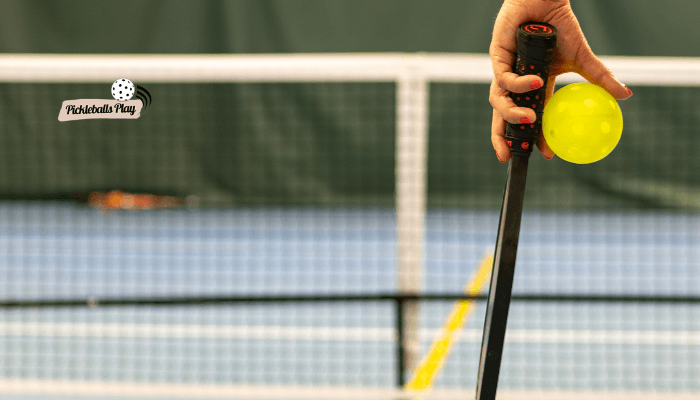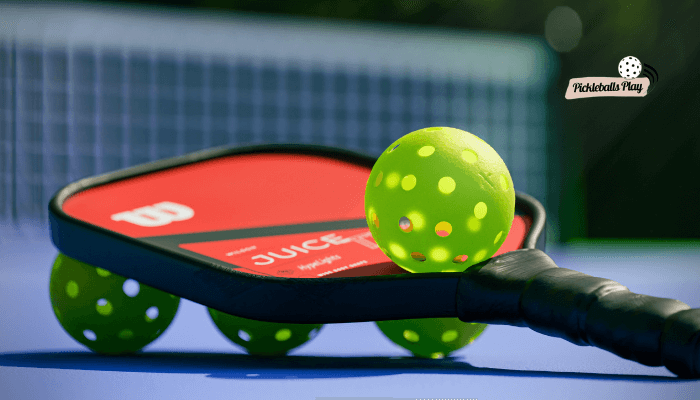Pickleball Hand Signals: Mastering Communication on the Court
When it comes to dominating in pickleball, mastering proper hand signals is key to success. These signals allow you to communicate with your opponent without uttering a word, making it easier to strategize and stay one step ahead. Plus, knowing the right signals can make the game even more enjoyable!
Understanding Pickleball Hand Signals

Pickleball hand signals serve as the silent language of the game, helping players quickly understand what’s happening on the court. In addition to efficient communication, these signals also ensure fairness and safety during gameplay. Here are some of the most common hand signals you should know:
- Serving Direction: Raise one arm up in the air to indicate the direction of your serve.
- Ball Landing: Point at where the ball has landed to inform your opponent.
- Switching Sides: Put both hands together above your head when it’s time to switch sides.
- Double Bounce: Raise one arm with two fingers extended to signal a double bounce.
- Outcall: Use an open palm facing down to indicate that a shot was out of bounds.
- Challenging a Call: Cross your arms over your chest to challenge a call made by another player.
Why Hand Signals are Important
Hand signals are more than just gestures – they are the backbone of communication on the pickleball court. Not only do they help players stay in sync, but they also prevent verbal arguments and disputes. By learning and using these signals effectively, you can enhance your gameplay and team strategy.
Line Calls and In/Out Signals
In pickleball, line calls play a crucial role in determining whether a shot was in or out. To make a line call, hold up a flat palm at shoulder level with fingers pointing in the direction of where you believe the ball landed. Alternatively, hold up your non-dominant arm straight out with fists clenched and extend one index finger in an upward or downward motion to indicate which side of the net the ball hit.
When indicating that the ball is in, hold both hands up with palms facing outward and fingers spread wide. Conversely, when signaling that the ball is out, cross your arms over your chest in an ‘X’ formation.
Remember, it’s important to respect line calls made by other players and avoid disputes. If there is disagreement, an umpire can decide the outcome.

Advantages and Disadvantages of Switching Hand Signals
Switching hand signals allow players to change sides without verbal communication, creating a strategic advantage. However, there are pros and cons to consider. On one hand, it increases communication between partners, enhances team strategy, and helps players understand the game flow better. On the other hand, it can cause confusion and take time away from gameplay and strategizing.
Conclusion
Understanding and using pickleball hand signals is essential for effective communication, fair play, and a more enjoyable experience on the court. From serving direction to line calls, these signals keep the game flowing smoothly while allowing players to strategize and anticipate each move.




